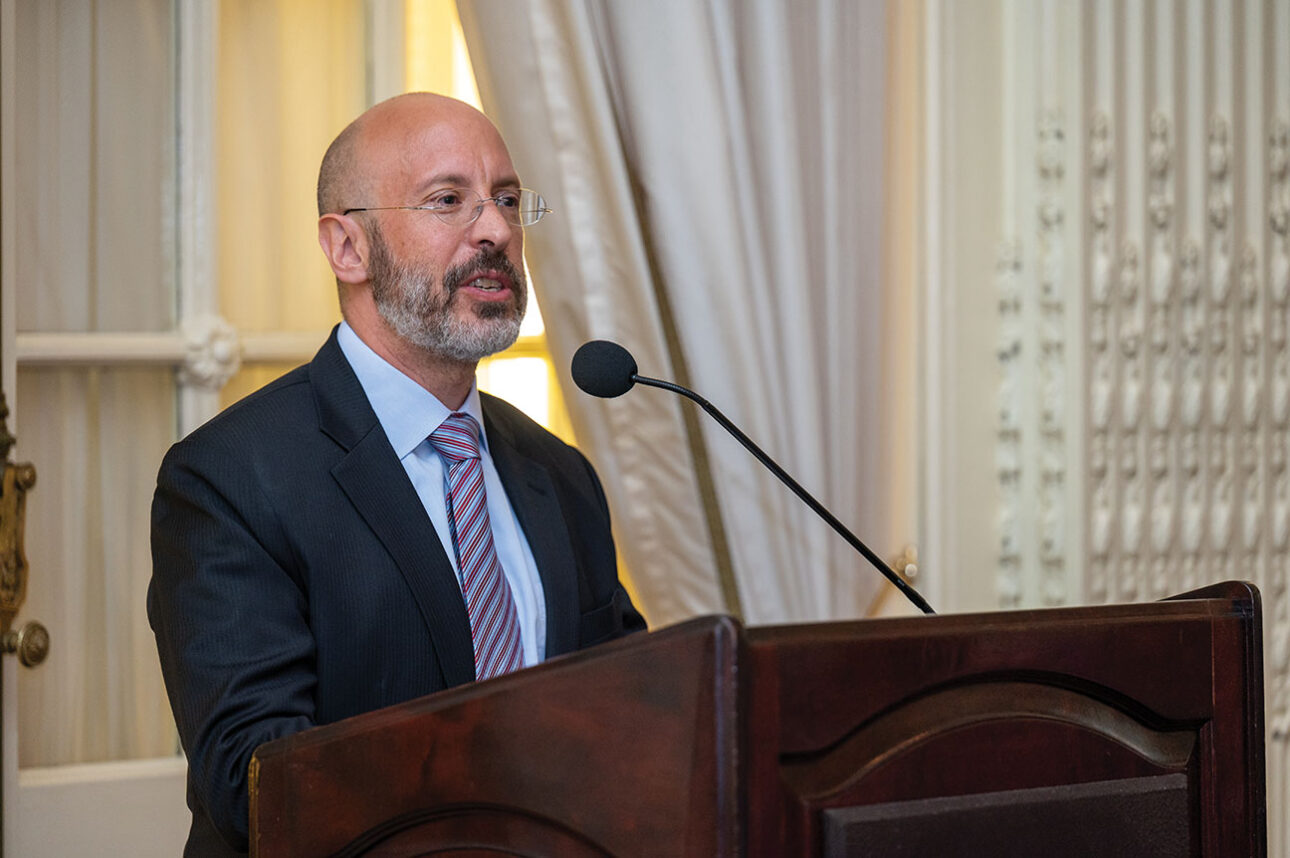There are several Torah scholars who derive creative philosophical, psychological, and quite modern thoughts from the Tanach and Midrash. Among these authors is most notably Aviva Zorenberg, and I think she herself would argue, the Midrash itself. There are also those commentaries that take the same approach to Agaditah, the narrative sections of the Talmud. These thinkers include Immanual Levinas, as well as, I would say, the Mahara”l, and many others. To read these authors is to see all of the great ideas even of the world reflected in our texts and moreover to see ourselves in them.
Few though have used these methods to delve into the halachic sections of the Talmud. I think this is because when we approach a halachic section of Talmud our aim usually is not to see ourselves reflected in the sugyah, but more as a scientist; objective, linier, and above all logical. The approach in the yeshiva in Lod is unique in that in addition of course to the classical study of the rishonim and achronim (earlier and latter commentaries) the Talmud is analyzed with an eye to the psychological, the philosophical, the human and the personal. In this way one can sense an added level of relevancy in these halchaic sections.
For instance, in the process of studying the halachic sections of Baba Kammah regarding the required compensation for injury that one who damages another must pay, the much deeper questions of what it means to damage another human was dealt with in depth. Though I came to the yeshiva only toward the end of their study of this section of Talmud, the first day I attended was actually a field trip related to the sugyah, the halachik section of the Talmud they were learning.
The yeshiva visited a residential facility for individuals with disabilities to interact with them and to understand from their point of view what it is like to not posses all the physical abilities of the average person. This was then related back to a central question underlying the halchic sections of this chapter in Baba Kamah. If one person damages another physically, say by cutting off their hand, they must compensate them monetarily. Is this truly compensation for lost use or have they inflicted upon another person something that in truth can not be compensated? Have they taken from them part of their humanness, part of what it means for them to be themselves? What does it mean then to halachically compensate another for physical damage we have inflicted upon them.
Though in many yeshivot such questions would be seen as beside the point, the object usually being to invent new ideas in a removed intellectual manor, rather than to be ourselves present to what the Talmud says, I think Talmud studied in this way opens a door to the Talmud and Jewish law changing the way we see ourselves in the world; not just fulfilling the commandment to study torah. Ironically, as in psychotherapy, Rabbi Samet pointed out, to uncover one’s own discomfort, one’s own personal feelings and the baggage they bring to the Sugyah, enables one actually to be more objective in the end.






















 More news and opinions than at a Shabbat dinner, right in your inbox.
More news and opinions than at a Shabbat dinner, right in your inbox.